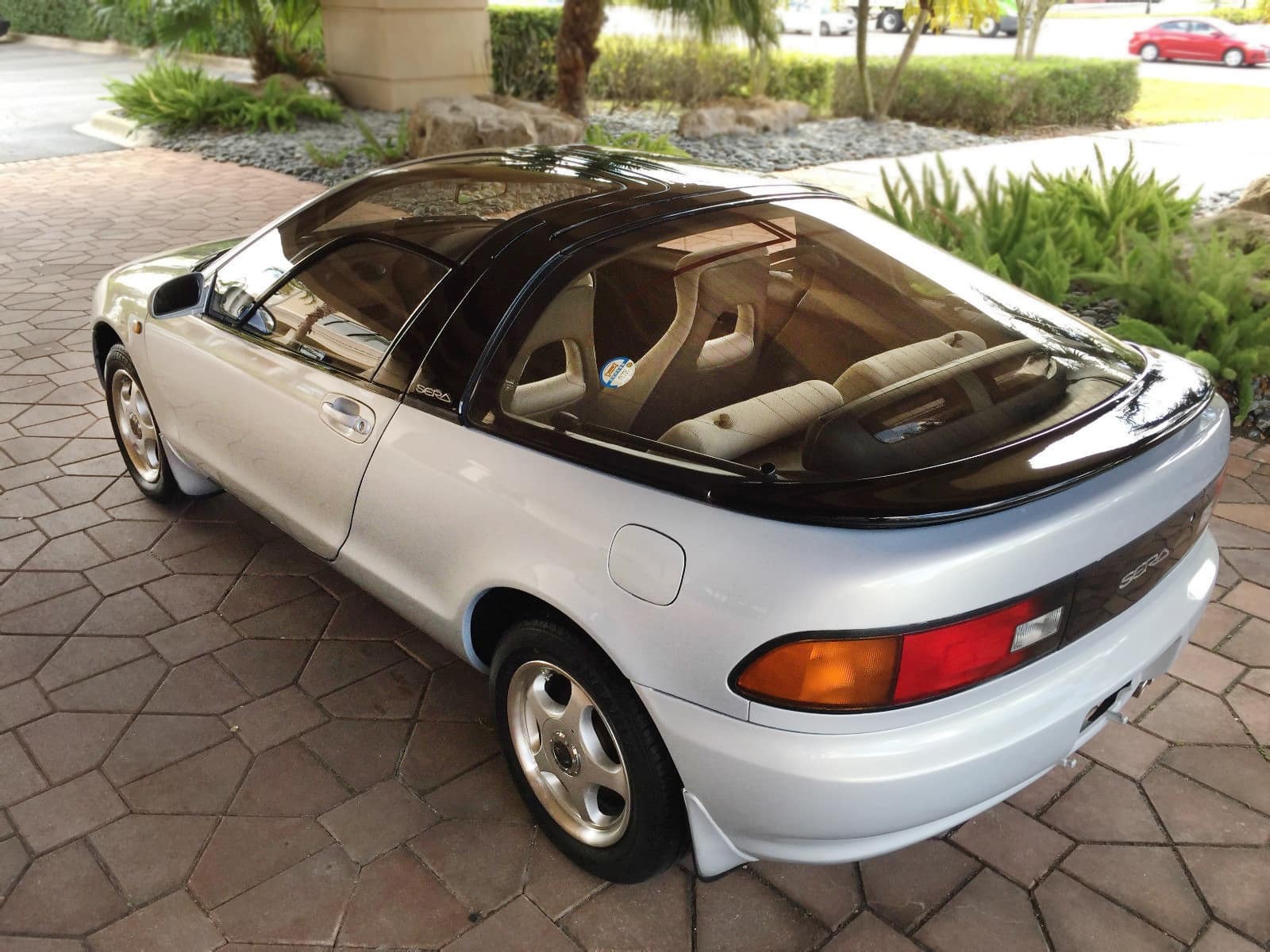Toyota is one of the largest automakers in the world. The company has brought iconic model names such as the Corolla and Camry into the fabric of our culture. But business hasn’t always been sunshine and roses for the Toyota brand. The company has had its fair share of flops; the last generation Celica comes to mind.
Although Toyota has generally produced successful cars compared to most automakers, there were still some questionable offerings. We took a trip back in time and reminisce about some of Toyota’s worst offerings below.
20: Sera

Around the globe, tiny sports cars are quite popular. Naturally, it was no surprise that Toyota would try to captivate this market. The Sera is a notable exception from the usual bland Toyota design focus. With a style similar to the Honda Beat, the Sera was positioned in a great spot. But for some reason, Toyota designers decided to add gullwing doors to the car.

The resulting styling of the Toyota Sera is over the top and buyers didn’t vibe with it. That’s not to say that the Sera was an ugly car, but with an all-glass roof, it was quite strange. Few examples of the Sera made it to the states, and the care is quite rare. With performance that was minuscule, the Sera just couldn’t get a hold of the market.
